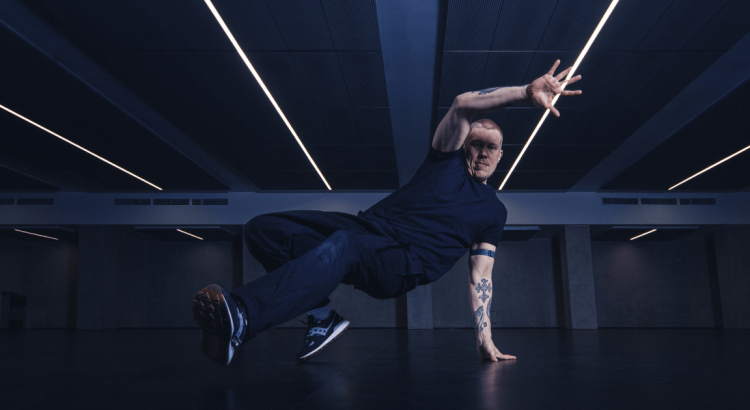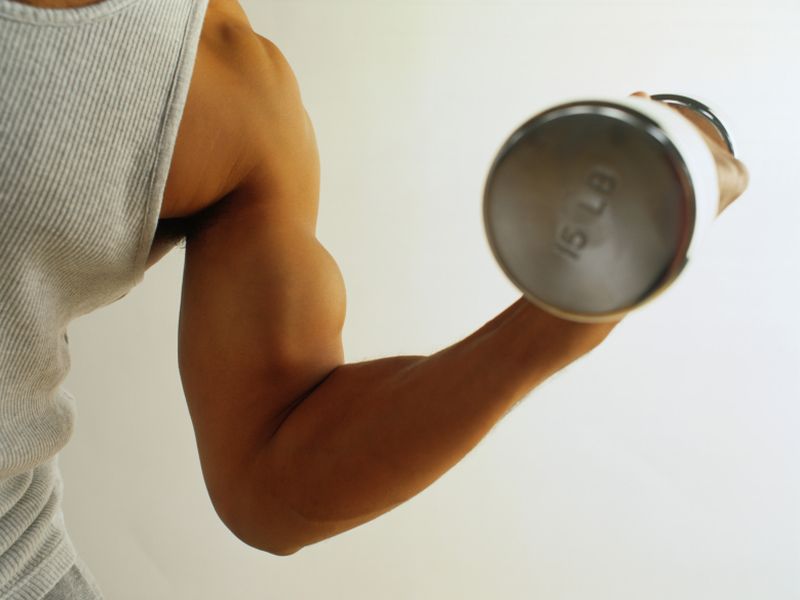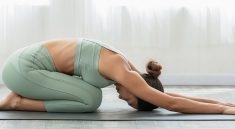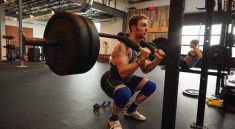Inspa Kyoto – Breakdancer Workout training begins with the foundation of every explosive move — your core. Strengthening the abdominal muscles, obliques, and lower back helps stabilize your body during spins, freezes, and flips. Practicing exercises like planks, Russian twists, leg raises, and mountain climbers at least four times a week can create massive improvements in control and balance. Many breakdancers often combine dynamic and static core workouts to ensure total endurance. Training the core is not just about looking fit but also about being able to maintain positions in the air or on one hand. Without proper core conditioning, moves like flares and windmills become difficult to control. A solid core prevents injuries and allows for cleaner transitions between steps. Combining intense bursts with slower static holds builds the strength needed to master powerful techniques like the elbow freeze or headspin. Never underestimate the role of a strong core in breakdance mastery.
Upper Body Power Is Key to Every Breakdancer Workout
A Breakdancer Workout is incomplete without upper body training. The arms, shoulders, and chest must handle tremendous amounts of pressure during advanced routines. Push-ups, pull-ups, dips, and handstand holds are essential for building the muscle and stability required for hand hops, air flares, and freezes. Consistency in upper body sessions builds strength and reduces fatigue during performances. One-arm training and grip strength exercises add control and balance. Breakdancers rely on their upper bodies to hold their entire weight, often in unstable positions. Therefore, routines must include functional workouts like crawling, explosive push-ups, and bodyweight presses. Developing shoulder mobility is also important, since tight shoulders can limit your flow. Weighted training is not always needed, as bodyweight resistance is often more practical and efficient. The explosive power needed to lift your body from the ground and into the air comes from the strength gained through focused and smart upper body routines.
“Read about: Think It’s Just a Treat? Here’s How Sugar Is Wrecking Your Health”
Flexibility and Mobility Enhance Breakdancer Control
Flexibility is a powerful yet underrated component of any Breakdancer Workout. Without mobility, a dancer cannot transition smoothly or perform fluid footwork. Stretching routines should be performed before and after every session, targeting the hips, hamstrings, back, and shoulders. Hip flexibility allows wider movement ranges for kicks, sweeps, and leg transitions. Static and dynamic stretches can be mixed to keep the muscles long and elastic. Splits training, although intense, improves form and control in power moves like airchairs and halos. Flexibility helps reduce strain on joints and minimizes the risk of injury. Mobility drills like controlled hip circles, spinal rolls, and shoulder dislocations are crucial for making your dance feel less robotic and more natural. Dancers who dedicate time to mobility often find faster improvement in transitions, spins, and freezes. With daily practice and mindful technique, flexibility can be developed to enhance every aspect of breakdance performance.
“Read more: Boost Your Health Instantly with These 3 Infused Water Secrets!”
Leg Strength Builds Explosiveness in Power Moves
Breakdancer Workout plans often focus on the upper body, but leg strength plays a vital role in performing dynamic tricks. Jumping power, balance, and quick direction changes rely on strong quads, glutes, and calves. Exercises like jump squats, lunges, and pistol squats help build explosive leg strength. Breakdancers also benefit from plyometric training, which includes high knees, box jumps, and burpees. These movements replicate the fast-twitch energy needed during fast transitions and dramatic entrances. Calf raises improve ankle stability, which is crucial during spins or when landing from difficult moves. Agility ladder drills and fast-foot coordination exercises enhance reaction time. Leg training should not be skipped, even though the arms may seem more involved in breakdance. Without strong legs, your speed and precision will be limited. Many dancers with powerful footwork owe it to disciplined leg routines that target endurance, reaction, and impact absorption.
Balance and Coordination Complete the Breakdancer Workout
Breakdancing is not just about power or flexibility. It is about the coordination between strength, timing, and balance. Balance drills should be integrated into every Breakdancer Workout. Standing on one foot, practicing slow-motion freezes, and handstand balancing help increase stability. Coordination drills that include rhythm matching and direction changes improve flow and reaction. Breakdancers must feel their body movements and adjust in real time. Practicing on different surfaces and at different tempos strengthens reflexes and body awareness. Using resistance bands during balance training can add variety and intensity. Yoga also helps build inner balance and mental focus, which enhances overall performance. Great dancers often spend time refining how each muscle group communicates during movement. Even the most advanced power moves lose their shine if not backed with precise balance. Coordination is what transforms individual movements into a unified performance that amazes every audience.



